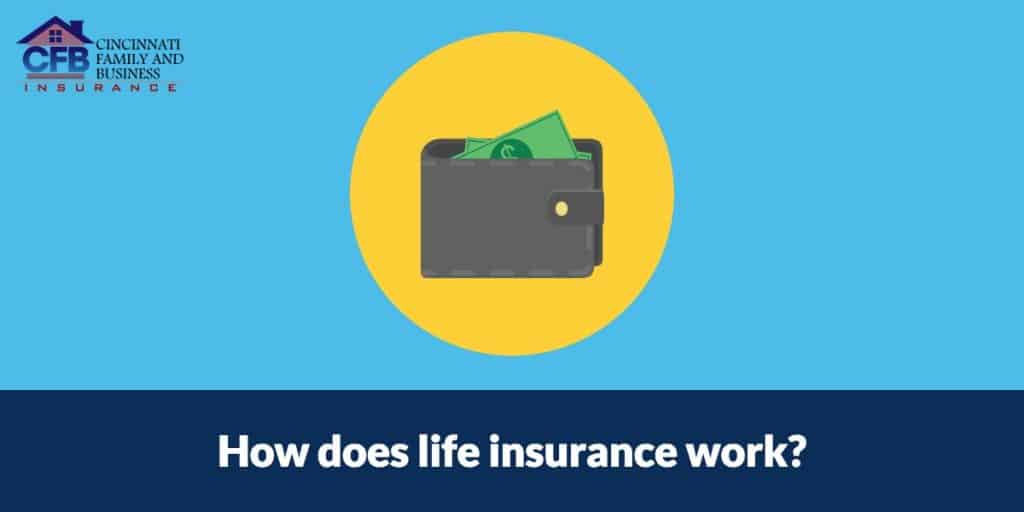
How does life insurance work?
Life insurance is one of the most common products that people use to provide financial security to their loved ones. In simple terms, a life insurance policy is an agreement between an individual and an insurance company that guarantees a death benefit to be paid to the policy’s beneficiary in the event of the insured person’s death.
There are two basic types of life policies: term and permanent.
As the name suggests, term policies provide coverage for a certain term, which usually expressed in years. At the end of the policy’s term, the coverage ends. If the policy owner wants to continue coverage, they will need to renew their policy or purchase a new one. Term policies are generally less expensive than permanent ones.
Permanent insurance policies include whole life, universal life, and variable universal life. As long as the required premium payments are made, the coverage provided by these policies does not end until the insured person’s death.
Application and Underwriting
Once a person decides on the type of policy that best fits their needs, they will work with an insurance agent to submit a policy application to the insurance company. The application collects basic personal information about the applicant. It also asks the applicant to state how much coverage they need and name the beneficiary to whom the death benefit should be paid.
The insured person will also disclose relevant health information to the insurer, to be reviewed by an underwriter. Among other things, this information may include height, weight, whether or not they smoke, any medical conditions, surgeries, and medications being taken. Medical exams are also common during underwriting, but “no exam” policies have grown in popularity during recent years.
Assessing the health of an applicant can help the insurance company predict how long that person will live, considering the company’s past mortality experience. This helps the insurer determine whether or not insuring that life presents an acceptable level of risk, and if so, how much they should charge for a premium.
Life of the Policy
Once a policy has been issued, the policy owner begins making periodic premium payments to the insurer. Premiums are typically paid on a monthly, quarterly, or annual basis.
During the life of the policy, some whole and universal products allow loans to be taken from the policy’s cash value. These loans can be repaid at any time the policy owner wishes. Any loan amount that has not been repaid at the time of the insured person’s death will simply be deducted from the death benefit amount.
Limited changes may be made to the policy while it is active. Generally, the beneficiary and the owner may change, but the person on whose life the policy is based cannot be changed. Some policies may also have flexible death benefits that may be increased or decreased if needs change down the road.
Payment of Claim
Once the insured person passes away, the policy’s beneficiary will need to contact the insurance company to begin the death claims process. This usually involves a packet of paperwork that will need to be filled out by the claimant. Most insurance companies also request a copy of the insured’s death certificate in order to verify that the claim should be paid.
The death benefit is always stated in the policy, but it can be adjusted for a few reasons. As mentioned previously, unpaid loan balances are deducted. Premiums that are due and have not yet been paid may also be deducted. If a policy is “participating” – meaning it collects dividends from the insurance company’s earnings – then dividends that have accrued may be added to the death benefit.
In most cases, life insurance death benefits are not taxable to the beneficiary.

Comments
Not found any comments yet.